5 Fall Flowers for Your Garden
Written by H, Posted in Gardening
There’s certainly (hopefully) still some warm weather to enjoy before we’re full-blown into Fall, especially if our ferns, hydragneas, and rose bushes are any indication. That being said, Wes and I have been putting some thought into Fall flowers and considering what we’d like to incorporate into our yard in the future.
I’ve been pinning some great Fall flower gardening options over on my Pinterest, and I’ve got to say, the options for flowers in a Fall garden are endless! There are so many varieties of blooms out there. We’re already planning ahead what perennials we want to get growing for next year. In the meantime, here are 5 Fall flowers for your garden:
1. Aster. Ah, the aster flower. In hues like purple, white, pink, and even blue, asters provides excellent colour to stand out in your Fall garden, long after other blooms have died off for the year. While they look similar to mums, don’t be deceived. Asters don’t come in as many varieties or colours as mums.
2. Colchicums. Beautiful, bold, and bright, colchicums (like the Waterlily variety pictured below) provide a lovely spread of blooms throughout the Fall. Available in white and pink hues, colchicums are a great perennial to plant and enjoy year after year.
3. Sedum. These flowers are a sure sign to me that autumn is in the air. I can remember sedum flowers growing in my Mum’s garden when I was a child. This perennial features clusters and clusters of flowers, most commonly in a reddish pink colour. Sedums are a beautiful Fall flower!
4. Helenium. How cheerful are these daisy-like flowers?! Heleniums look like a happy flower. Featuring velvety petals and available in a variety of autumnal shades, heleniums boom very late Summer and they love sun.
5. Mums. Chrysanthemums are probably the quintessential Fall flower. Available almost everywhere, fall mums are a classic flower to add some colour to your yard throughout the autumn months. Mums are beautiful, bright, and hardy.
If you’re looking for more inspiration for your Fall garden, head on over to my Pinterest page and follow along!





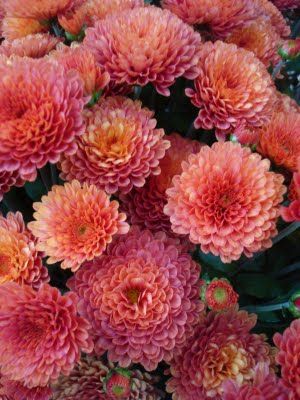
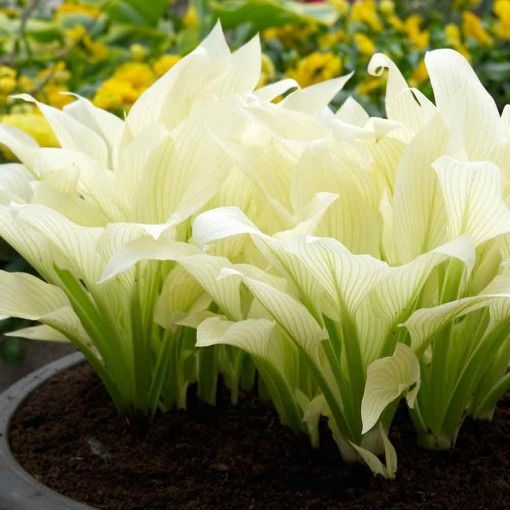

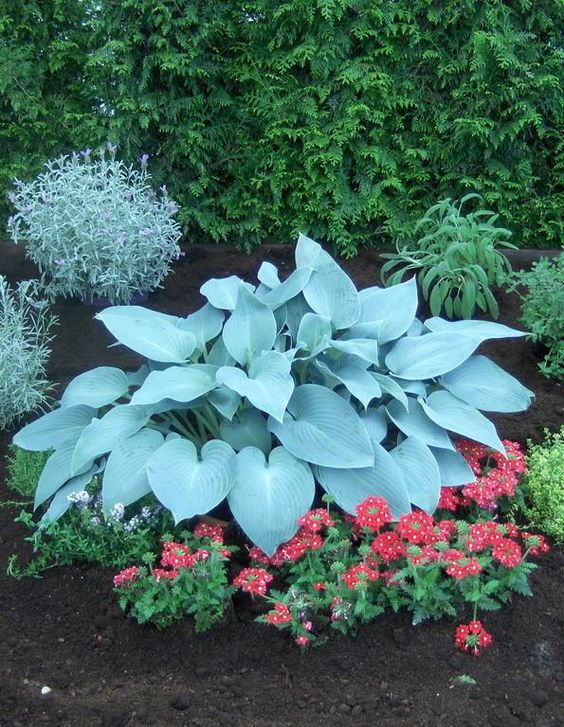











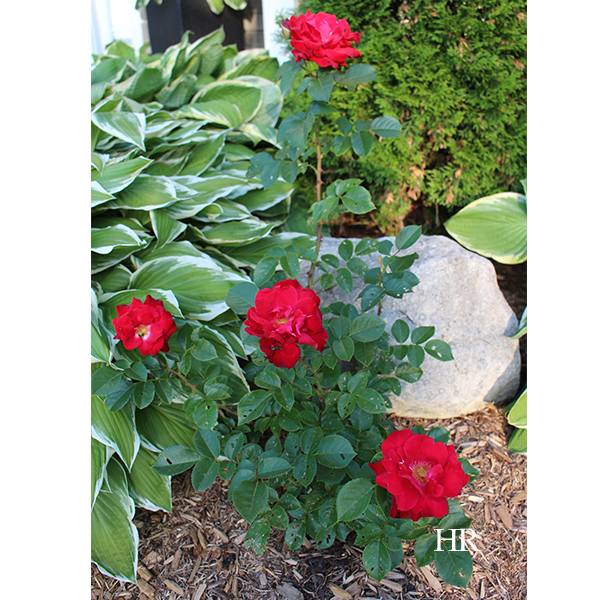
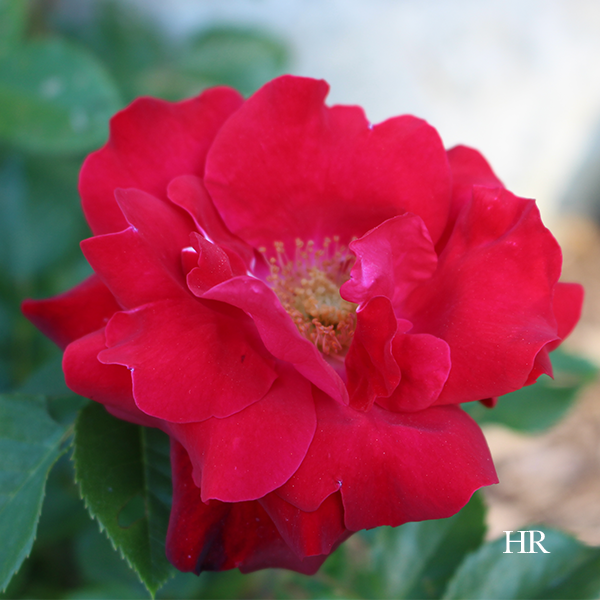











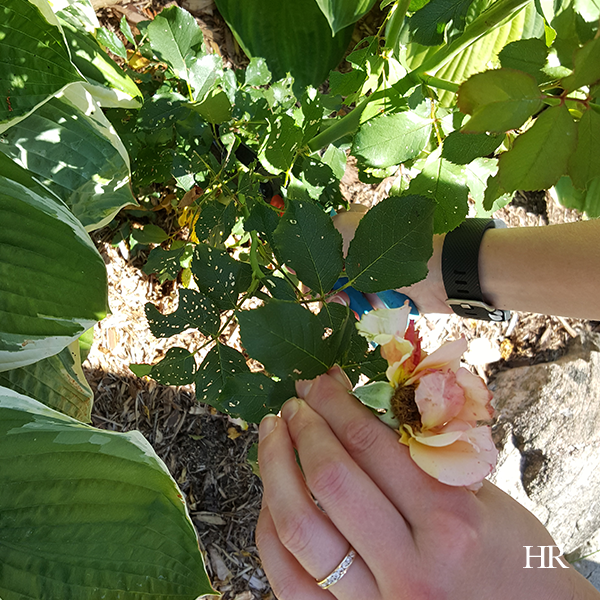










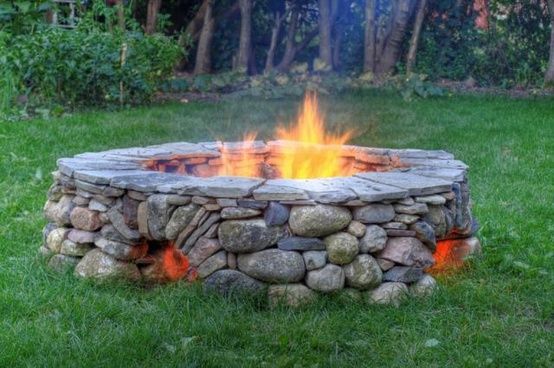







![False friends or counterfeit kindness; whatever you want to call it, the world is filled with people who will say one thing to your face and then another behind your back; people who will woo you in order to get something from you.
It’s sad, but it’s true.
The Bible provides us with examples from Joab to Judas, and yet, we’re surprised when we find ourselves deceived and hurt by someone else.
So what are some of the hallmarks of a true friend?
You can read more about this on hopereflected.com [Link in profile]
.
.
.
#friends #friendship #kindness #counterfeitkindness #hurt #proverbs #truefriends #hopereflected #blog #blogpost](https://www.hopereflected.com/wp-content/plugins/instagram-feed/img/placeholder.png)